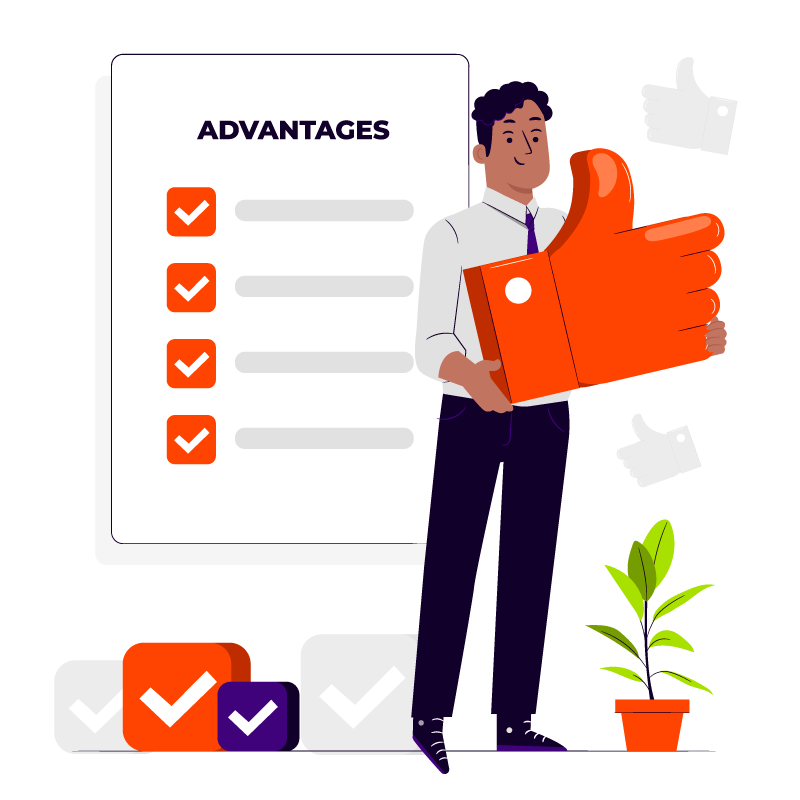Let AccessiCart guide your journey to an accessible website.
Traditional audits weren’t working. We watched client after client get overwhelmed with dozens (or even hundreds) of issues, and without in-house staff to help, they fixed one or two things and gave up.
We’re doing accessibility differently.
These monthly plans were designed to address the overwhelm and provide ongoing guidance and support so e-commerce sites can confidently improve their accessibility.
Drawing on our expertise, we prioritize issues on your site and help you work on them a few at a time. Because when you run a marathon, you pace yourself.

Human and automated testing
Automated tools talk a big game, but they only cover about 30% of what’s really needed. We deploy our human expertise and include testing by real people with disabilities when needed.
No overwhelm
Our experts will be re-evaluating and re-prioritizing your identified focus areas each month, zooming in on unlocking potential customer barriers and impacts to conversions. You’ll always know what to work on next.
Issue tracking dashboard
All plans include an issue tracking dashboard where you can monitor progress on focus areas, get your questions answered by an expert and download monthly reports.

Our Accessibility Maintenance Plans help you remove barriers for people with disabilities and meet legal requirements with confidence.
Get started with Accessibility Maintenance
Questions? Schedule a call
Pricing
1issue
Best fit for new, static and low traffic sites
5issues
Best for large sites with high developer bandwidth

What Our Plans Include
- Each month, one to five (based on your plan) new accessibility focus areas will be identified (through both automated and human testing) and prioritized — you will always know what matters most and what to work on next.
- For each identified focus area, you can choose: have your own team or developers implement the remediation fix, with unlimited resources and guidance provided by AccessiCart; OR for WordPress sites, get a quote from AccessiCart for our team to implement the remediation.
- All remediation fixes will be validated and documented.
- Monthly reporting of focus areas in remediation and validated. These reports may be a crucial legal defense if the site is sued or fined.
- View a sample report.
- Dashboard with access to issue tracking history and downloads of previous reports.
- White-labeled options and API access available.
Questions? Schedule a call